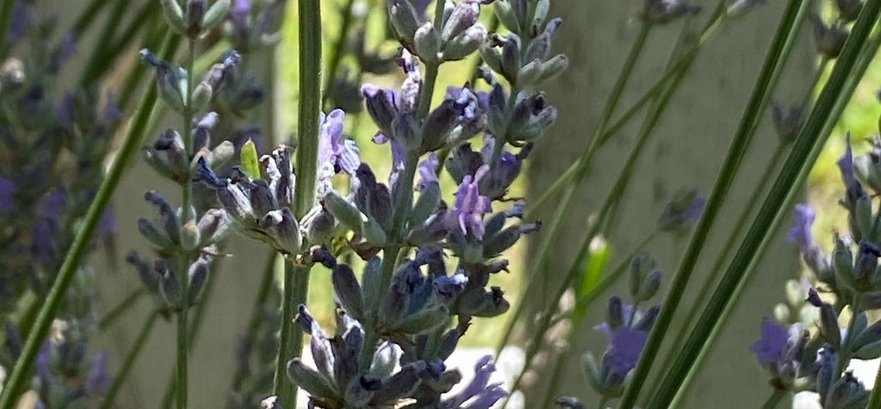
What can you do to support butterfly populations?
Planting Milkweed:
Monarch habitat would not be complete without milkweed, the only host plant for the monarch caterpillar. Don't let the term "weed" fool you. Milkweeds are attractive, fragrant, easy to grow, and useful to many other pollinators.
When incorporating milkweed into your yard, please use only species native to Utah and your specific region. Use the list below to determine the best milkweed to plant based on your location. Some non-native milkweed, such as "tropical" milkweed, have been documented to interfere with migration and increase the number of potential monarch parasites, especially in warmer climates.
-
At least fifteen species of milkweed are known to be native to Utah. Utah's native milkweed species include the following Asclepias species, in alphabetical order:
A. asperula (antelope horns or spider milkweed) - Flowers May to July - Common
A. cryptoceras (pallid or jewel milkweed) - Flowers April to June - Uncommon
A. cutleri (Cutler's milkweed) - southeast Utah only - Flowers May to June - Rare
A. engelmanniana (Engleman's milkweed) - closely related to A. rusbyi
A. erosa (desert milkweed) - Washington County only - Flowers May to Septemeber - RareA. hallii (Hall's milkweed) - Flowers May to September - Rare
A. incarnata (swamp milkweed) - Flowers July to September - Common
A. involucrata (dwarf milkweed) / closely related to Asclepias macosperma - Flowers April to July - Uncommon
A. labriformas (Utah milkweed) - Flowers May to July - Uncommon
A. latifolia (broadleaf milkweed) - southern Utah - Flowers June to July- Uncommon
A. rusbyi (Rusby's milkweed) - southern Utah - Flowers in June and July - Uncommon
A. speciosa (showy milkweed) - Flowers May to July - VERY common
A. subverticillata (horsetail milkweed) - southern Utah in disturbed sites - Flowers July- October - Common
A. tuberosa (butterfly weed) - Flowers May to August - Uncommon
A. welshii (Welch's milkweed) - Kane County in sand dunes - Flowers June to August - Rare
If you have located native milkweed seed, keep in mind that they may need to be "cold-stratified" or kept in a cold environment for an extended period of time.
If you are looking for milkweed seeds and/or seedlings native to your area, check one of the active Utah groups on Facebook. Monarchs of Northern Utah and Utah Friends of Monarchs.
Monarch Nectar Plants:
The National Wildlife Federation (NWF), Xerces Society, and Monarch Watch jointly produced regional lists of native, nectar-rich plants that are used by adult monarchs. The lists include the size, bloom season, water requirements, and color of each plant. The list for your can be found HERE.
When planting landscapes in Utah, consider providing plants that bloom from May to October, the critical breeding and migration periods. While benefiting monarchs, these types of plants also benefit all pollinators. Of course, milkweed is necessary for the larval stage of the monarch.
In addition, consider using little to none pesticides and herbicides. The use of these chemicals has been determined to be highly lethal to monarchs and can interfere with proper development and instinctual behaviors during all life stages.
Monarch Waystations: a MonarchWatch program
Monarch Waystations are places that provide resources necessary for monarchs to produce successive generations and sustain their migration. If you have a dead space in your yard, consider remodeling it for the butterflies. If you have an existing flower garden, consider adding a few stems of native milkweed and additional nectaring plants to turn it into the complete breeding habitat of the monarch butterfly.
Register as a Monarch Waystation:
The basic requirements to register as a Monarch Waystation are:
Grow at least ten stems of native milkweed for monarchs to lay their eggs on and caterpillars to eat
Grow nectar-producing flowers for adults to use for food
Provide a water source for butterflies (even a small dish)
Do not use pesticides/herbicides
Commit to maintaining this natural, healthy environment for butterflies and other pollinators

